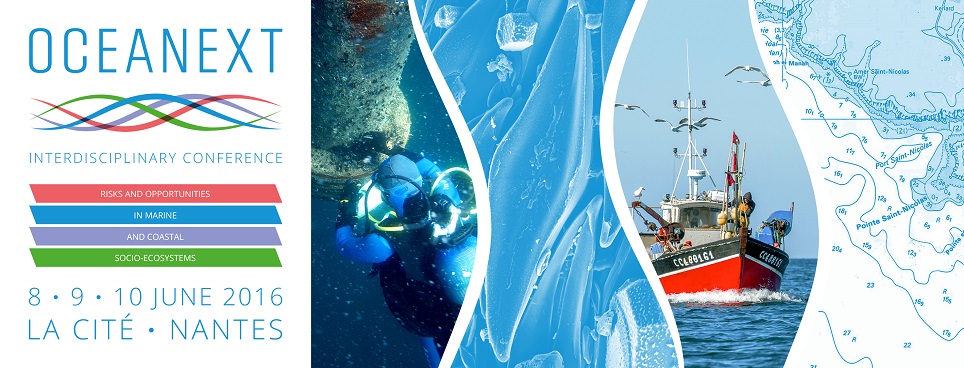A one-step bio-refinery process for crustacean cuticles was investigated. Its originality lies in a simple rapid (6 h) biotechnological cuticle fragmentation process that recovers all major compounds (chitins, peptides and minerals). The process consists of a controlled exogenous enzymatic proteolysis in a food-grade acidic medium allowing chitin purification (solid phase), and recovery of peptides and minerals (liquid phase).
This study is based on a comparison of four crustacean cuticles (shrimp Litopeneaus vannamei, lobster Homarus gammarus, invasive swimmer crab Polybius henslowii and invasive longnose spider crab Libinia dubia) on purity degree of chitin, on demineralization and deproteinization rates of solid phase after 6 h in presence of ASP enzyme at 40°C in formic acid diluted in 50 ml. An appropriate quantity of acid, depending on raw material mineral content, was added for each experiment for an initial dry weight of 5 g of raw material. Quantities of minerals and proteins of 5 g raw material were respectively 1.17 and 1.78 g for shrimp, 3.10 and 1.01 g for lobster, 3.11 and 0.96 g for swimmer crab and 3.54 and 0.29 g for spider crab. Final pH after 6 h were similar and between 3.4 and 3.6. In all cases, a similar demineralization rate after 6 h (between 96.7 % and 99.2 %) was observed. Best deproteinization rate (95.2%) was obtained for shrimp. At the opposite, 76.3 % was observed for spider crab. A dependence between deproteinization rate and ratio proteins on minerals of the raw materials seems to appear.
- Autre

 PDF version
PDF version

